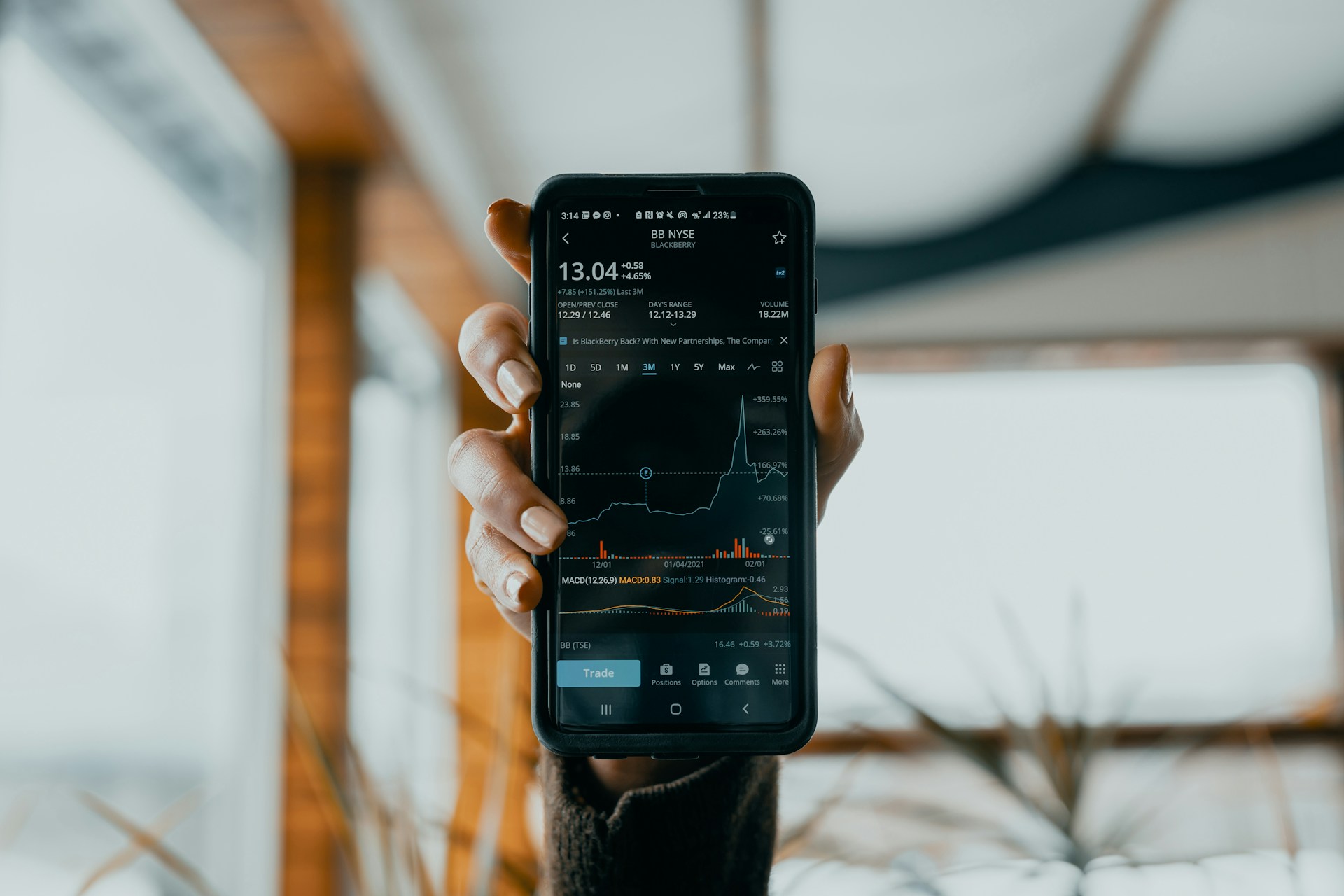The intricate dance of currencies in the forex market is not performed in isolation. A crucial but often under-appreciated player in this global exchange is the world of commodities. From the ubiquitous oil that fuels our lives to the precious metals coveted for centuries, these raw materials exert a significant influence on currency valuations. This article explores the dynamic interplay between commodities and forex trading, highlighting how factors like supply, demand, and geopolitical events impact both markets, shaping investment decisions and influencing global economic trends.
Role of Commodities in Forex Trading
The role of commodities in forex trading is significant and multifaceted. Commodities, such as gold, oil, and agricultural products, often serve as leading indicators for currency movements. When commodity prices rise or fall, they can influence investor sentiment and market expectations, leading to shifts in currency values.
For example, gold is widely regarded as a safe-haven asset during times of economic uncertainty or geopolitical instability. When investors seek refuge from market volatility, they often flock to gold, causing its price to rise. As a result, currencies of countries that are major producers or consumers of gold may experience appreciation against other currencies.
Similarly, oil prices play a crucial role in forex trading due to their impact on inflation, economic growth, and trade balances. Fluctuations in oil prices can affect the currencies of oil-exporting nations and those of countries heavily reliant on oil imports. For instance, a rise in oil prices can strengthen the currencies of oil-exporting countries, while putting pressure on the currencies of oil-importing nations.
Major Commodities and Their Impact on Forex
Commodities play a crucial role in shaping the forex market, with their prices influencing currency values and market sentiment. Let’s delve into some of the major commodities and their specific impacts on forex trading:
- Gold:
- Safe-haven asset during times of economic uncertainty.
- Inverse relationship with the US dollar; tends to rise when the dollar weakens.
- Often used as a hedge against inflation and currency depreciation.
- Influences currencies of major gold-producing and consuming countries.
- Oil:
- Impact on inflation and economic growth.
- Fluctuations in oil prices affect trade balances and current account deficits.
- Currencies of oil-exporting nations are influenced by changes in oil prices.
- Oil-importing countries may experience currency depreciation when oil prices rise.
- Agricultural Products:
- Weather conditions and crop yields affect prices.
- Global demand for food commodities influences currency values.
- Currencies of major agricultural producers are impacted by agricultural prices.
- Crop failures or bumper harvests can lead to currency fluctuations.
Understanding the dynamics of these major commodities is essential for forex traders to make informed decisions and navigate the complexities of the forex market. Traders often incorporate commodity analysis into their strategies to identify potential trading opportunities and manage risks effectively.
Strategies for Trading Commodities in Forex
Before diving into the strategies for trading commodities in forex, let’s take a look at a comparison table highlighting the key aspects of each strategy:
| Strategy | Description | Benefits |
| Hedging | Mitigates risk by offsetting potential losses | Protects against adverse market movements |
| Leveraging Trends | Capitalizes on established commodity trends | Maximizes profit potential |
| Risk Management | Focuses on preserving capital and minimizing losses | Reduces exposure to market volatility |
Now, let’s explore each strategy in detail:
- Hedging:
- Hedging involves taking offsetting positions to reduce the risk of adverse price movements in commodities.
- Forex traders often use derivatives such as futures or options contracts to hedge their exposure to commodity price fluctuations.
- By hedging their positions, traders can protect their portfolios from potential losses while maintaining their overall market exposure.
- Leveraging Trends:
- This strategy involves identifying and capitalizing on established trends in commodity prices.
- Traders analyze historical price data and market trends to identify commodities with strong upward or downward momentum.
- By entering trades in the direction of the trend, traders aim to maximize profit potential while minimizing risk.
- Risk Management:
- Risk management strategies focus on preserving capital and minimizing losses in commodity-based forex trading.
- Traders set stop-loss orders to limit potential losses on individual trades.
- They also diversify their portfolios across different commodities and currency pairs to spread risk.
- Additionally, traders may use position sizing techniques to control the amount of capital at risk on each trade.
These strategies are essential tools for forex traders looking to effectively trade commodities in the forex market. By implementing a combination of hedging, leveraging trends, and risk management techniques, traders can enhance their chances of success and navigate the complexities of commodity-based forex trading with confidence.
The Interplay Between Commodities and Currency Pairs
Commodity currencies, such as the Australian dollar (AUD), Canadian dollar (CAD), and New Zealand dollar (NZD), often exhibit strong correlations with specific commodities. For example, the Australian dollar is closely tied to the price of iron ore and other mining commodities due to Australia’s significant role as a commodity exporter. Similarly, the Canadian dollar tends to move in tandem with oil prices, reflecting Canada’s status as a major oil producer. Understanding these correlations can help traders anticipate currency movements based on changes in commodity prices.
Impact of Commodity Prices on Currency Pairs
Changes in commodity prices can also impact currency pairs indirectly, especially those involving countries heavily reliant on commodity exports or imports. For instance, a rise in oil prices may strengthen the currencies of oil-exporting nations while weakening the currencies of oil-importing countries. Similarly, fluctuations in agricultural commodity prices can affect the currencies of countries with large agricultural sectors. Traders analyze commodity price movements alongside currency pairs to identify trading opportunities and gauge market sentiment accurately.
Commodity Trading as a Leading Indicator for Forex
Commodity trading serves as a leading indicator for forex markets, providing valuable insights into potential currency movements. Let’s explore how commodity trading influences forex trading:
- Using Commodity Market Trends to Predict Forex Movements:
- Traders often look to commodity market trends as early indicators of potential shifts in currency values.
- For example, rising commodity prices may signal increased demand for raw materials, suggesting potential economic growth in commodity-consuming countries.
- By analyzing commodity market trends, traders can anticipate corresponding movements in currency pairs and position themselves accordingly.
- How to Interpret Commodity Data for Forex Trading Decisions:
- Traders pay close attention to key commodity indicators, such as the price of oil, gold, and agricultural products, to gauge market sentiment.
- Positive or negative developments in commodity markets can impact investor confidence and risk appetite, influencing currency flows.
- By interpreting commodity data alongside other fundamental and technical factors, traders can make more informed forex trading decisions and capitalize on emerging trends.
Understanding the interplay between commodity trading and forex markets is essential for traders seeking to gain a competitive edge and effectively navigate the dynamic world of currency trading. By incorporating commodity analysis into their strategies, traders can better anticipate market movements and seize profitable trading opportunities.

